Mediterranean Proper: Short-statured, dolicho- and mesocephalic form found in Spain, Portugal, the western Mediterranean islands, and to some extent in North Africa, southern Italy, and other Mediterranean borderlands. Its purest present-day racial nucleus is without doubt Arabia. Most of the Cappadocian, isolated in the skeletal material, seems to have been absorbed into the western Mediterranean variety after its early Metal Age migration, while that which remained in Asia Minor became assimilated into the Dinaric and Armenoid. It still appears, however, among individuals in its original form, and is particularly common among Oriental Jews.
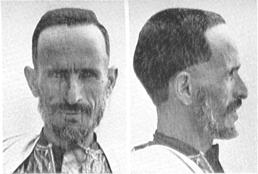
(Yemen)
Atlanto-Mediterranean: The tall, straight-nosed Mediterranean, not mesocephalic, as Deniker erroneously stated, but strongly dolichocephalic. Today this race forms the principal element in the population of North Africa, and is strong in Iraq, Palestine, parts of Arabia, and the eastern Balkans; in solution with varying degrees of negroid it is also the principal race in the whole of East Africa. In Europe it is a minority element in the Iberian Peninsula, Italy, and the British Isles.
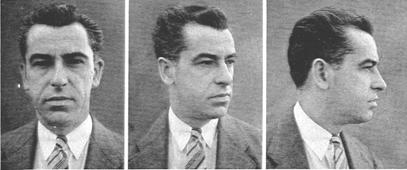
(Toulouse, France)
Pontic Mediterranean: Along the northern and western shores of the Black Sea are found, among other populations, brunet Mediterraneans of a generalized type, called Pontic by the Russian anthropologists, who are usually of medium to tall stature and who seem related on the one hand to the Atlanto-Mediterraneans and on the other to the long-faced Mediterranean prototype of Asia Minor and the Caucasus. Inland from the Black Sea shores they are found sporadically in Russia, Poland, and the countries along the upper course of the Danube. They also seem to form an early population level in Serbia and Albania.
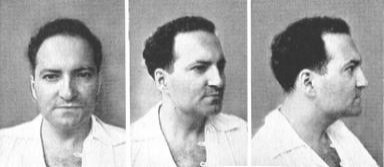
(Czech Republic)
East African: In the deserts and highlands of Ethiopia, Eritrea, and the Somalilands is found a concentration of several related Mediterranean types, mixed in varying degrees with negroes. To the west these partial whites border on Sudanese negroes; to the southwest the partially Hamitic tribes of Kenya and Uganda form art extension of the peripheral Mediterranean racial area. To the north, the Beja-Bisharin group of Hamitic-speaking nomads connect the East African Hamitic-speaking peoples with their wholly white Egyptian and Berber relatives of North Africa.
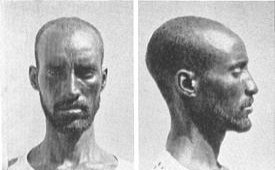
(Somalia)
Irano-Afghan: The long-faced, high-headed, hook-nosed type, usually of tall stature, which forms the principal element in the population of Iran, Afghanistan, and the Turkoman country, and which is also present in Palestine, parts of Arabia, and North Africa. It is probably related to the old Corded type of the Neolithic and Bronze Age.
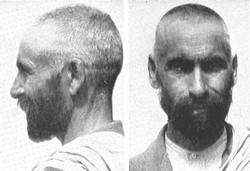
(Eastern Afghanistan)
Corded Nordic: The Nordic race is a partially depigmented branch of the greater Mediterranean racial stock. It is probably a composite race made up of two or more basic Mediterranean strains, depigmented separately or in conjunction by a progressive evolutionary process. ... In head and face proportions a resemblance is seen to the Corded-like Irano-Afghan sub-type, a resemblance which is enhanced if pigmentation differences are ignored. Both metrically and morphologically this individual is seen to be fully Mediterranean; there is no evidence of Upper Palaeolithic admixture.
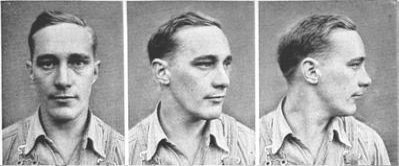
(Finland)
Danubian Nordic: In contrast to the last plate, the present one shows a series of Nordics in whom the Corded element is notably weak or absent, so that an approximation to the earlier, smaller-headed, mesocephalic Danubian strain is perhaps attained.
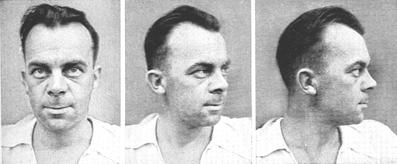
(Southampton, England)
Hallstatt Nordic: This is the type associated with the Hallstatt Iron Age remains in central Europe, and which probably did not enter Scandinavia much before the middle of the first millennium B.C. It has since been largely replaced in central Europe, but has found a refuge in Sweden and in the eastern valleys of southern Norway. In England this type is largely of Anglo-Saxon and Danish inspiration.
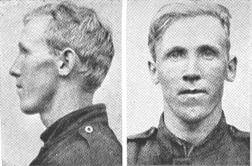
(Drangedal, Norway)
Keltic Nordic: The Keltic sub-type, mesocephalic and low-vaulted, with a prominent nose. Commonest in the British Isles where in places it forms the principal element in the population. Also a major element in Flanders and the Frankish country in southwestern Germany.
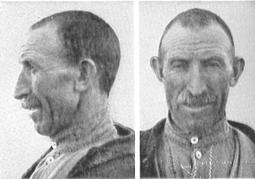
(Aran Islands, Ireland)
Borreby: Large-headed brachycephals of Ofnet-Afalou type, the unreduced brachycephalic strain in Cro-Magnon; found in solution in peripheral regions of northwestern Europe, and as a major population element in most of northern and central Germany, and in Belgium. Like the Brünn race, with which it is often associated, it occurs also in North Africa and the Canary Islands.
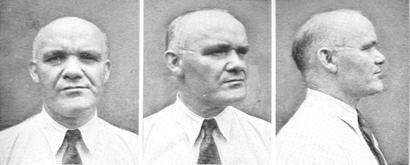
(Jutland, Denmark)
Brünn: Cro-Magnon, to some extent, found in solution with Borreby, Nordic, and other elements, mostly in Scandinavia and the British Isles, also in North Africa and the Canary Islands. May appear in comparatively pure form among individuals although nowhere as a total population.
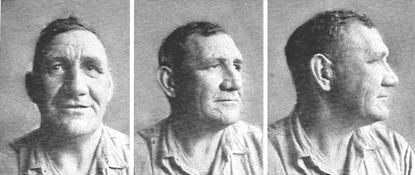
(Göteborg, Sweden)
Tronder: A hybrid type of Nordic with Corded and Brünn elements, frequent in the central coastal provinces of Norway, north of the Dovre Mountains; the principal form in Iceland, and among the Frisians, and common in the British Isles.
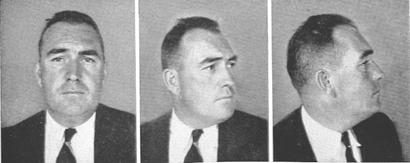
(Morayshire, Scotland)
Alpine: A reduced and somewhat foetalized survivor of the Upper Palaeolithic population in Late Pleistocene France, highly brachycephalized; seems to represent in a large measure the bearer of the brachycephalic factor in Cro-Magnon. Close approximations to this type appear also in the Balkans and in the highlands of western and central Asia, suggesting that its ancestral prototype was widespread in Late Pleistocene times. In modern races it sometimes appears in a relatively pure form, sometimes as an element in mixed brachycephalic populations of multiple origin. It may have served in both Pleistocene and modern times as a bearer of the tendency toward brachycephalization into various populations.
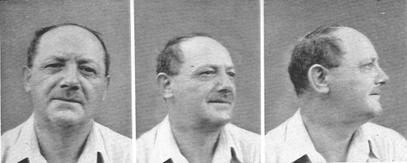
(Pecas, Hungary)
Dinaric: A tall, brachycephalic type of intermediate pigmentation, usually planoccipital, and showing the facial and nasal prominence of Near Eastern peoples. The basic population of the whole Dinaric-Alpine highlands from Switzerland to Epirus, also in the Carpathians and Caucasus, as well as Syria and Asia Minor. Apparently a brachycephalized blend in which Atlanto-Mediterranean and Cappadocian strains are important, with Alpine acting as the brachycephalizing agent in mixture. Borreby and Corded elements, also Nordic, appear to be involved in some regions.

(Bukovina, Romania)
Noric: A blond, planoccipital brachycephal frequently encountered in South Germany and elsewhere in central Europe. This is apparently an Iron Age Nordic brachycephalized by Dinaric mixture and seems in most respects to take the form of a blond Dinaric variant. Both Deniker and Czekanowski have recognized this type, and it is a standard race, under various names, in most Russian studies. The name Noric was gived it by Lebzelter. A brachycephalized Neo-Danubian, common in Yugoslavia, is a parallel or variant form.
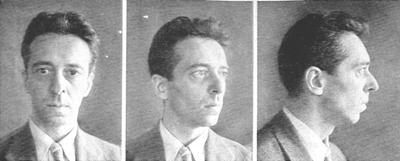
(Heidelberg, Germany)
Armenoid: A similar brachycephalic composite type, with the same head form as the Dinaric, but a larger face and nose. The pigmentation is almost entirely brunet, the pilous development of beard and body abundant, the nose high rooted, convex, and the tip depressed, especially in advanced age. The difference between the Armenoid and the Dinaric is that here it is the Irano-Afghan race which furnishes the Mediterranean element, brachycephalized by Alpine mixture.
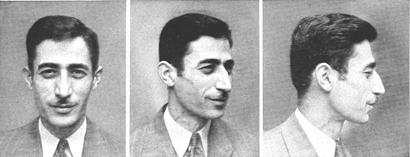
(Van, Eastern Anatolia)
(Vilnius, Lithuania)
Ladogan: The descendants of the mesocephalic and brachycephalic forest-dwelling population of northern Europe east of the Baltic in Kammkeramik times. This type is a blend of a partly mongoloid brachycephalic element with a mesocephalic form of general Upper Palaeolithic aspect; these elements are seen in crania from Lake Ladoga and Salis Roje. Corded and/or Danubian elements are inextricably blended here, although the mongoloid and Upper Palaeolithic elements seem at present more important.
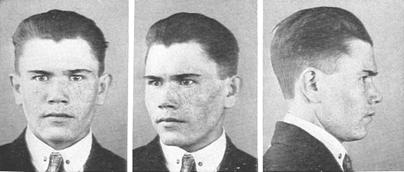
(Northwestern Siberia)
East Baltic: Racial type of composite nature, found chiefly in northeastern Germany, Poland, the Baltic States, and Finland, although it also occurs sporadically in Sweden and elsewhere. It is a partially reduced Borreby derivative, with Ladogan and Nordic admixture.
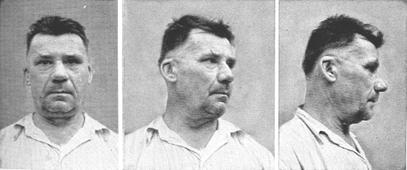
Neo-Danubian: Central and eastern European blond or partially blond brachycephals who seem to be derived in a racial sense from a de-Corded Nordic (and hence Danubian) prototype brachycephalized by Ladogan admixture. This type is very prevalent among modern Slavs of Poland and Russia, and also among some eastern Germans and Austrians.
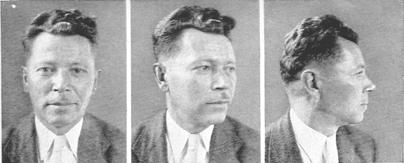
(Minsk, Belarus)
Lappish: A stunted, highly brachycephalized, largely brunet relative of the Ladogan, originally living to the east of the Ladogan type area, in the Urals and western Siberia. Has probably assimilated some evolved mongoloid, but owes its partly mongoloid appearance more to the retention of an early intermediate evolutionary condition. In modern times much mixed with Ladogan and Nordic.
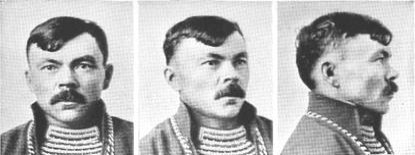
(Jämtland, Lapland)
Related Topics
Photographic Supplement: More examples and descriptions of Caucasoid subraces from Coon's book.
Race and Ethnicity Gallery: Photo series of European, West Asian and North African peoples.
Races of Man: The other subdivisions of the human species.
Skin Color: Not a primary signifier of race.
